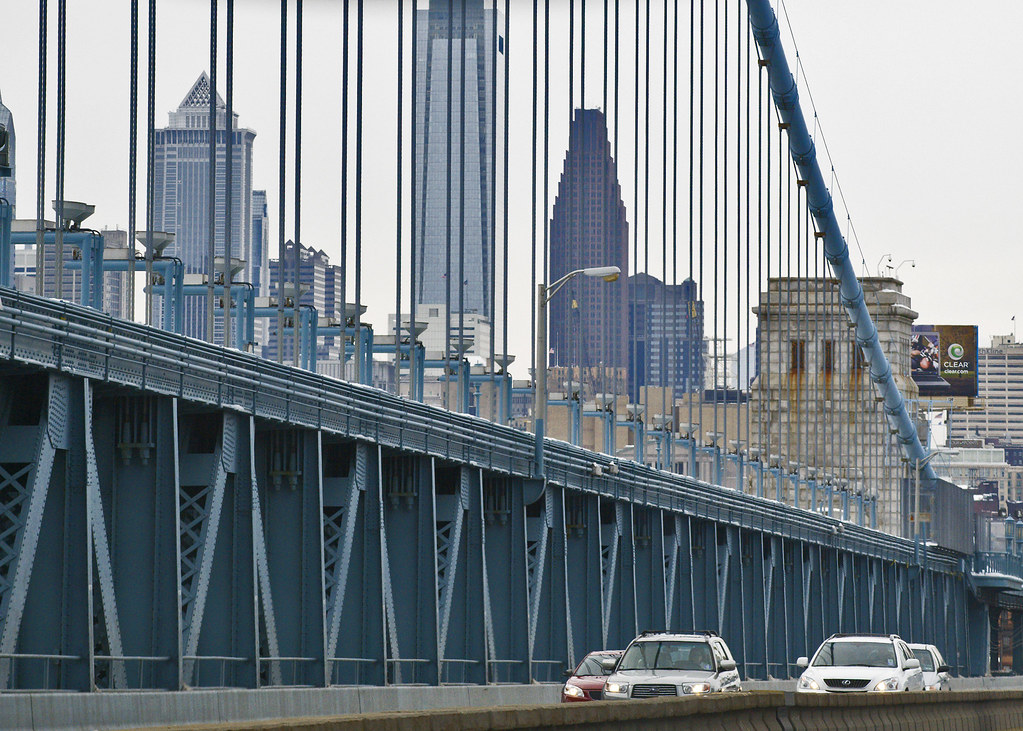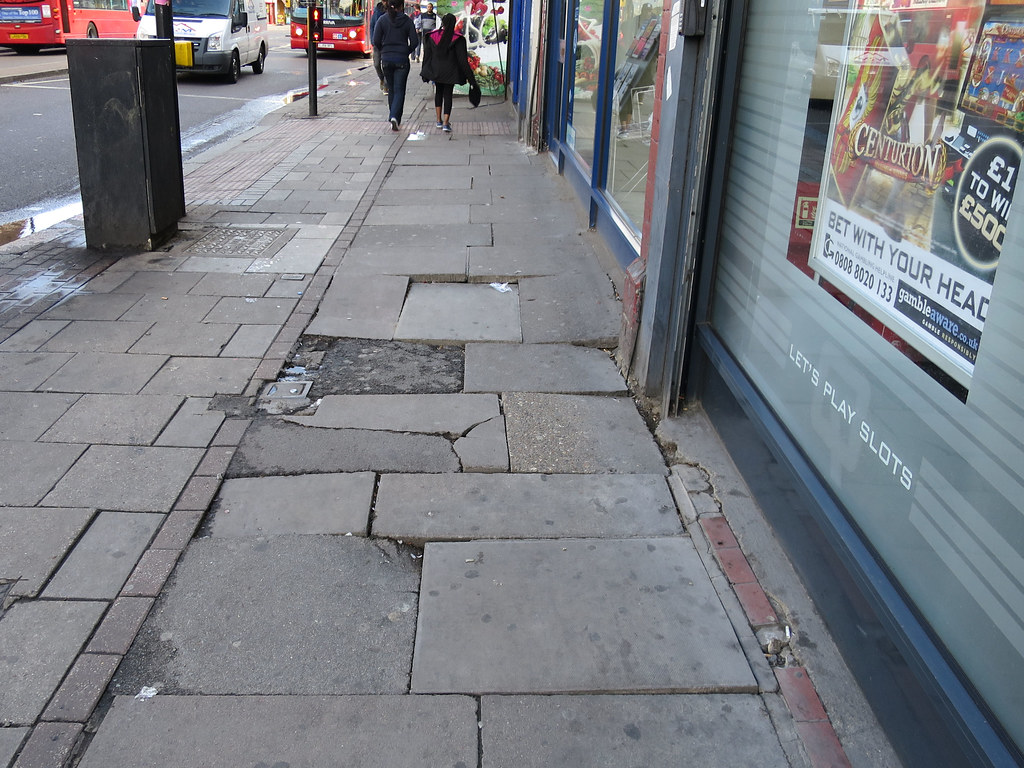Having a trip or slip and fall case against the city of Philadelphia is not as simple as having a fall that injures you. There are various elements of your case that you will have to prove – such as a defect caused your fall, the city had notice of your defect, and the seriousness of your injury – in order to get a recovery against the city. Fortunately, an attorney experienced at handling these claims will be able to help you prove these elements.
Philadelphia Injury Law
When bringing a trip and fall case or slip and fall case against the city of Philadelphia, you will have to first overcome governmental immunity. Under Pa. C.S. § 8541 the City of Philadelphia is generally not responsible for an injury caused by negligence; an act, or a failure to act by the city or its agents; unless your case meets certain exceptions. One of those exceptions is under § 8542(b)(3), known as the real property exception. Under this exception the city of Philadelphia can be held responsible for a trip and fall or slip and fall accident you suffer in the city from property that is under Philadelphia’s possession and control. This includes accidents to defects with:
- Trees, traffic signs, lights and other traffic controls, street lights and street lighting systems;
- Facilities of steam, sewer, water, gas and electric systems owned by the local agency and located within rights-of-way;
- Streets; or
- Sidewalks.
However, having a trip and fall accident caused by city property is not the end of your case. If you were trespassing on city property when you had your trip and fall accident, then you will not have a case. You will also have to prove that the condition of the city property that caused your trip and fall accident was bad enough to be considered a defect. For example, if what caused your fall was significantly raised sidewalk then you are going to be able to prove that there was a defect with that sidewalk. A minor raise will make it more difficult to recover. Essentially the larger the defect the more likely you will be able to recover.

Proof of City Negligence
Even if your fall was caused by city property that has a defect, you will need to prove that the city had notice of that defect as well. This can be shown by actual or constructive notice. Active notice would be maintenance reports from the city noting the defect but where nothing is done to fix it. This includes not putting up any warning signs or cones around the defect, or not doing any construction to fix the defect. Constructive notice means there is a defect that the city and its agents should have noticed even though there are no specific reports about it. For example, if you have evidence an obvious defect existed on city property while city employees were doing work at this property, you can prove the city had constructive notice of this defect even if there are no reports of the defect. Here it is a defect the city employees should have noticed and reported. In some instances, this evidence can be found through a history of Google maps photos of the defective area showing the defect existed over a period of months or years and was not addressed.
Proof of Injury
Another requirement to bring a claim against the city is showing you have a permanent injury. If you have a minor injury that heals after a short amount of time then, a court will probably find your injuries are not serious enough to be able to recover against the city. However, if you have an injury that causes a permanent disability, or causes ongoing pain that limits your regular activities, you will be able to show you have a serious enough injury to bring a claim against the city. This evidence can be shown through your own testimony on your injuries, testimony from family members or friends about how your injuries affect you, your medical records, and reports from your treating doctors.
In addition to any pain and suffering damages you have, you can also collect economic damages such as lost wages or out-of-pocket bills and expenses. You can prove this through your tax returns, pay stubs, and your medical bills. There is a limitation to the amount of money you can obtain from the city due to your injuries from your slip and fall accident though. Under 42 PA Cons Stat § 8528 any individual plaintiff’s recovery is capped at $250,000. If there are multiple plaintiffs in a single incident, together they cannot obtain a recovery more than $1,000,000.

Notifying The City
Finally in order to have a claim against the city, you will have to notify the city of your trip and fall accident within 6 months of it happening. There is a claim form you or your attorney can fill out and mail into the city of Philadelphia to provide it notice.
The Thistle Law Firm is experienced at handling trip and fall claims against the city of Philadelphia. If you were injured in such an accident, the attorneys at the Thistle Law Firm are here to take your call at 215-568-6800.

